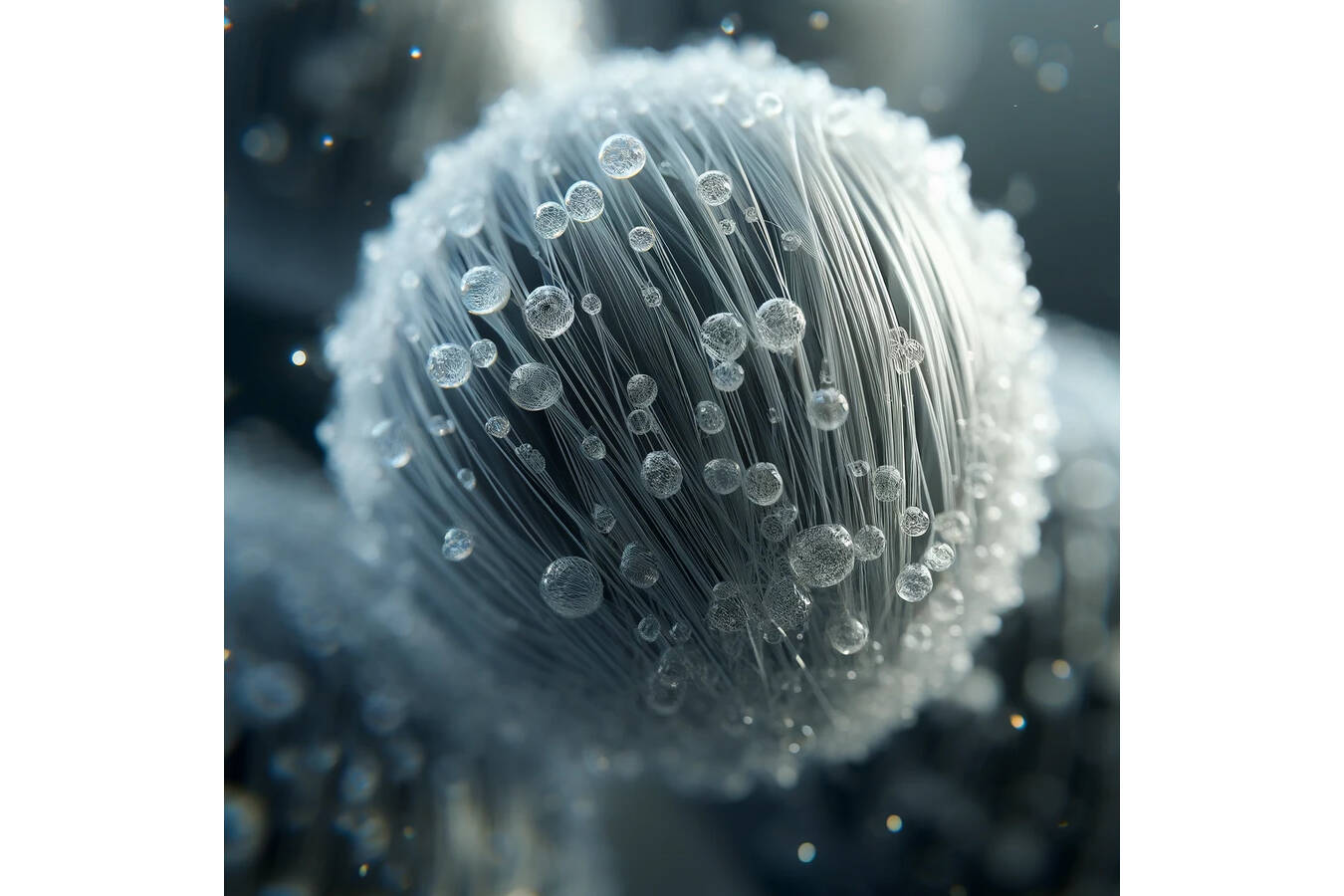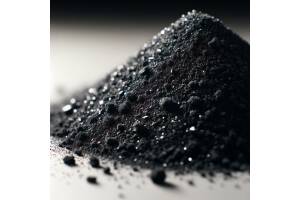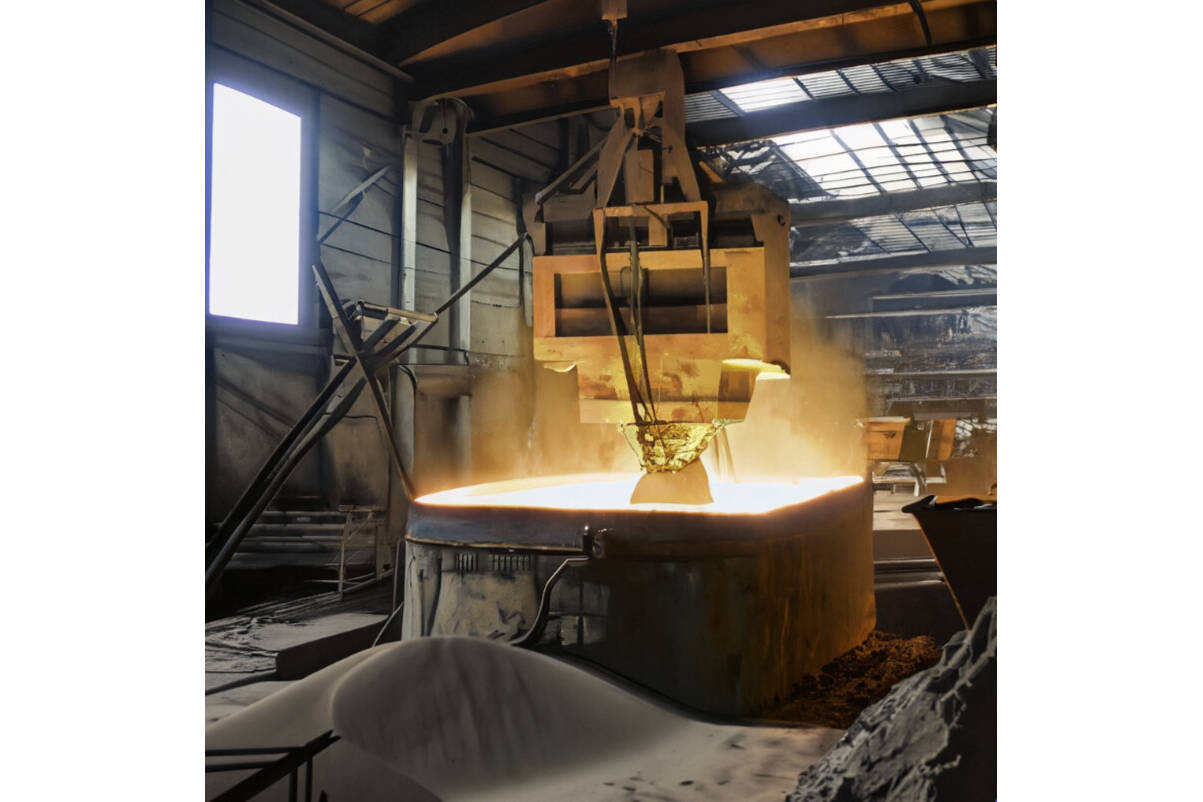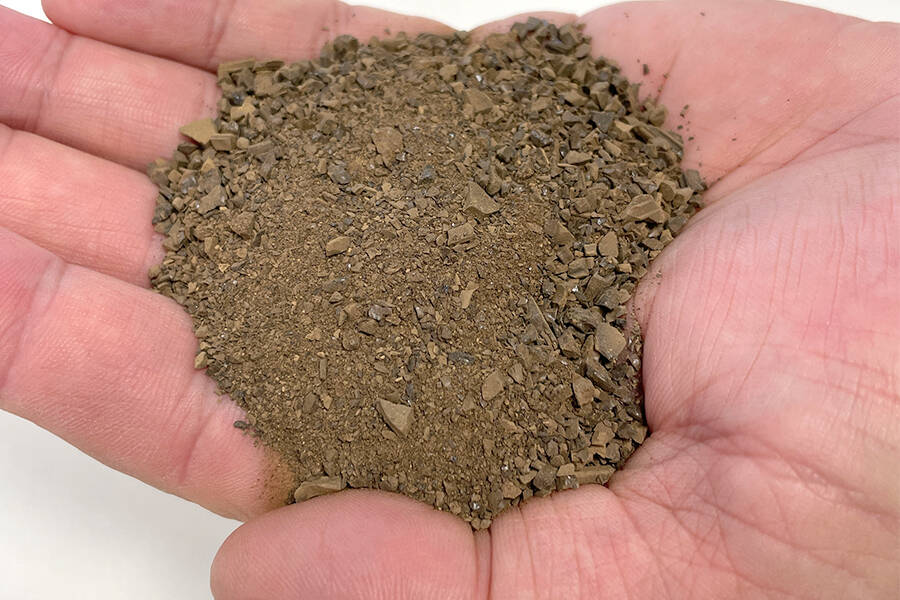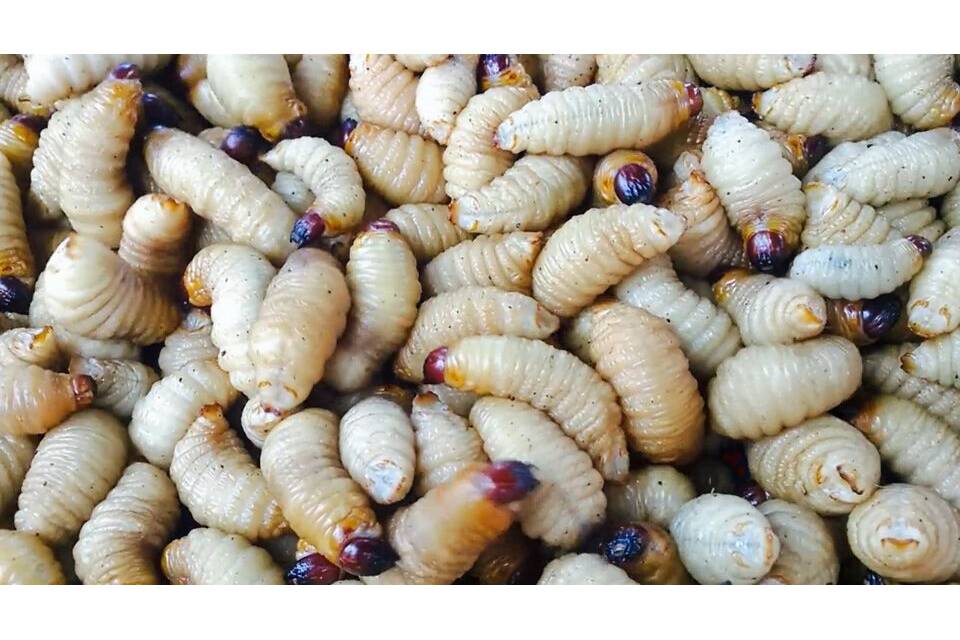Boron Nitride Efficiently Screening
Discover how advanced sieving technologies optimize the processing of Boron Nitride. This technology allows for precise separation of the material into highly pure fractions
The Role of Boron Nitride and the Importance of Sieving Technology
Boron Nitride, also known as Bornitrid, is a critical raw material in various industrial sectors, due to its unique properties such as high thermal conductivity, chemical resistance, and excellent insulating qualities. To ensure the quality and purity of Boron Nitride, sieving technology plays a central role.
The requirements for the sieving processes are demanding. The particle size of Boron Nitride varies greatly, and the separation into highly pure fractions is critical for application consistency. Here, the innovative sieving machines from RHEWUM come into play, which are specially tailored for the challenges of sieving Bornitrid.
Applications of Boron Nitride Sieving Machines
Bornitrid is used in a variety of applications, from lubricants and ceramic components to thermal conductive pastes. For all these applications, the purity of the material is crucial. The Boron Nitride Sieving Machines from RHEWUM allow for the separation of Bornitrid into highly pure, precisely defined fractions, which is essential for the end users in their specific application areas.
The Technology behind RHEWUM Sieving Machines
RHEWUM has developed various sieving machines tailored to the specific requirements of sieving Bornitrid. For example, the RHEstack® Flat Screening Machine uses a modular system that supports up to 15 sieve decks. This allows the production of up to 11 ultra-pure fractions in just one machine, without needing to change sieve decks.
The direct excitation of the sieve meshes, an innovation in some RHEWUM sieving machines, ensures high-precision separation while simultaneously being self-cleaning, reducing the need for maintenance. A brief increase in frequency cleans the sieve meshes, maximizing machine availability and minimizing wear.
Advantages of RHEWUM Sieving Technology for Boron Nitride
High Purity: The advanced sieving technology from RHEWUM ensures the production of highly pure fractions, which is critical for the efficiency and quality in various application areas of Boron Nitride.
Optimized Maintenance: Thanks to the self-cleaning mechanisms of the sieving machines, maintenance effort is minimized, leading to lower operating costs and a longer lifespan of the machine.
High Efficiency: The ability to generate multiple fractions in a single pass without having to change sieve decks significantly increases the efficiency of the sieving process.
Adaptability: RHEWUM sieving machines are configurable for the requirements of different Boron Nitride particle sizes, offering a flexible solution for various sieving requirements.
Conclusion
The sieving technology from RHEWUM offers an efficient solution for the challenges of sieving Boron Nitride. By focusing on high purity, reduced maintenance effort, and improved efficiency, RHEWUM’s sieving machines support the manufacturing industries in meeting the high demands for quality and purity of Bornitrid. In a world where the demands on materials steadily increase, the sieving technologies from RHEWUM represent a critical factor for the success of many sectors.
